The photographer, a One to Watch 2025, shoots her community in black and white, inspired by ideas of exile and making mistakes
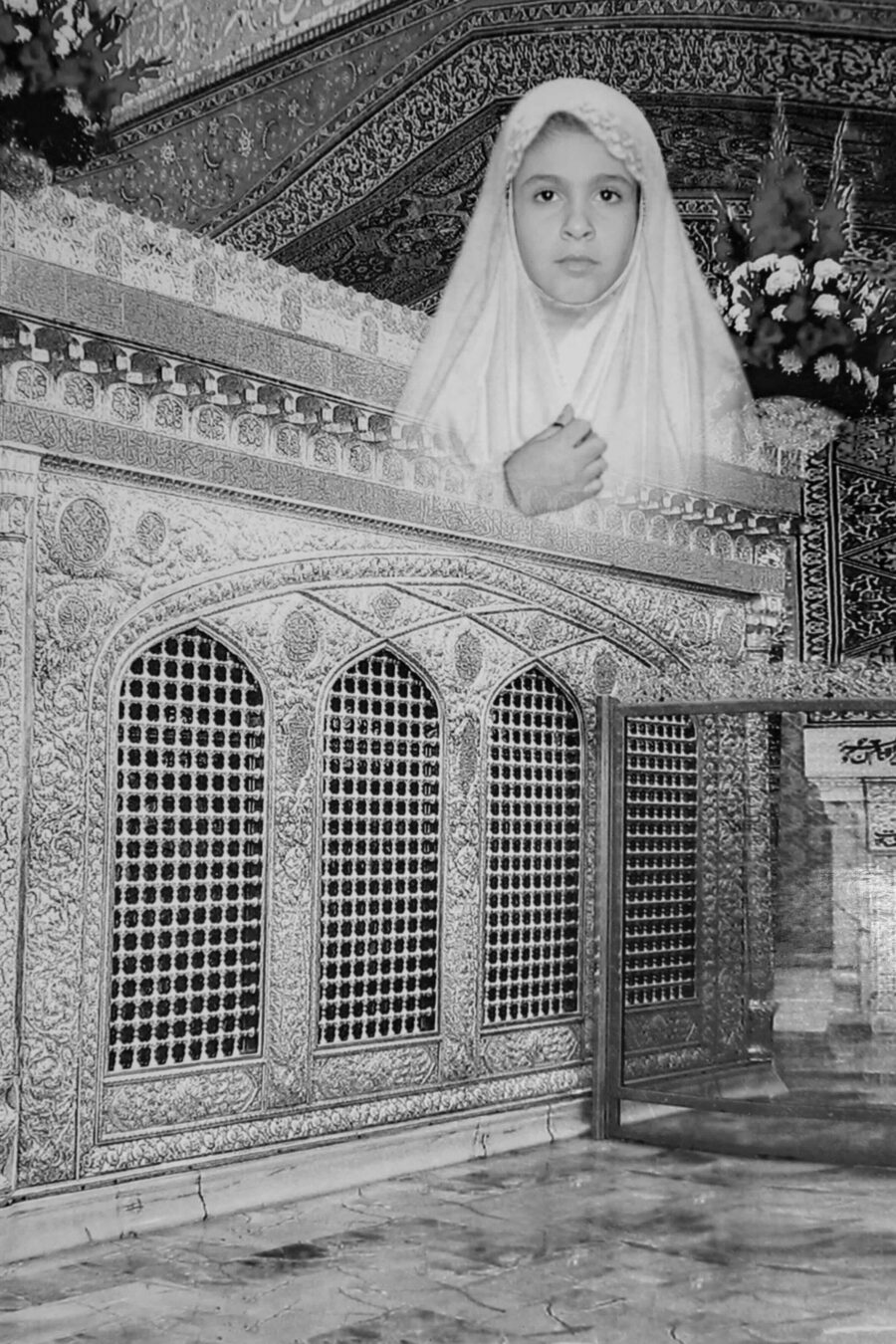

The photographer, a One to Watch 2025, shoots her community in black and white, inspired by ideas of exile and making mistakes

In the pages of The Secrets of Sexual Fulfilment, Mahvash – a popular figure among the working class of 1950s Tehran – presented playfully risqué images of herself alongside the fictionalised story of her life.
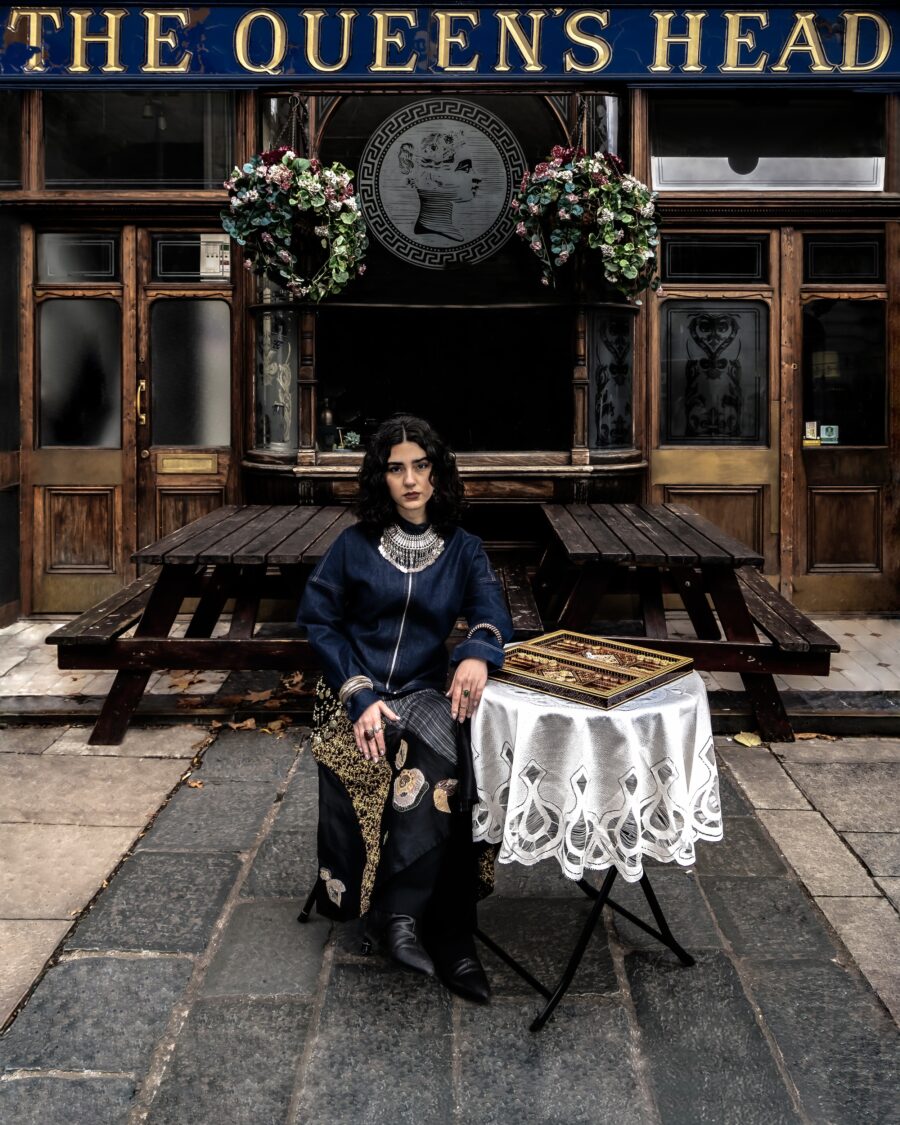
Bound by Two Homes blends Iranian cultural iconography with quintessentially British spaces to dissect identity
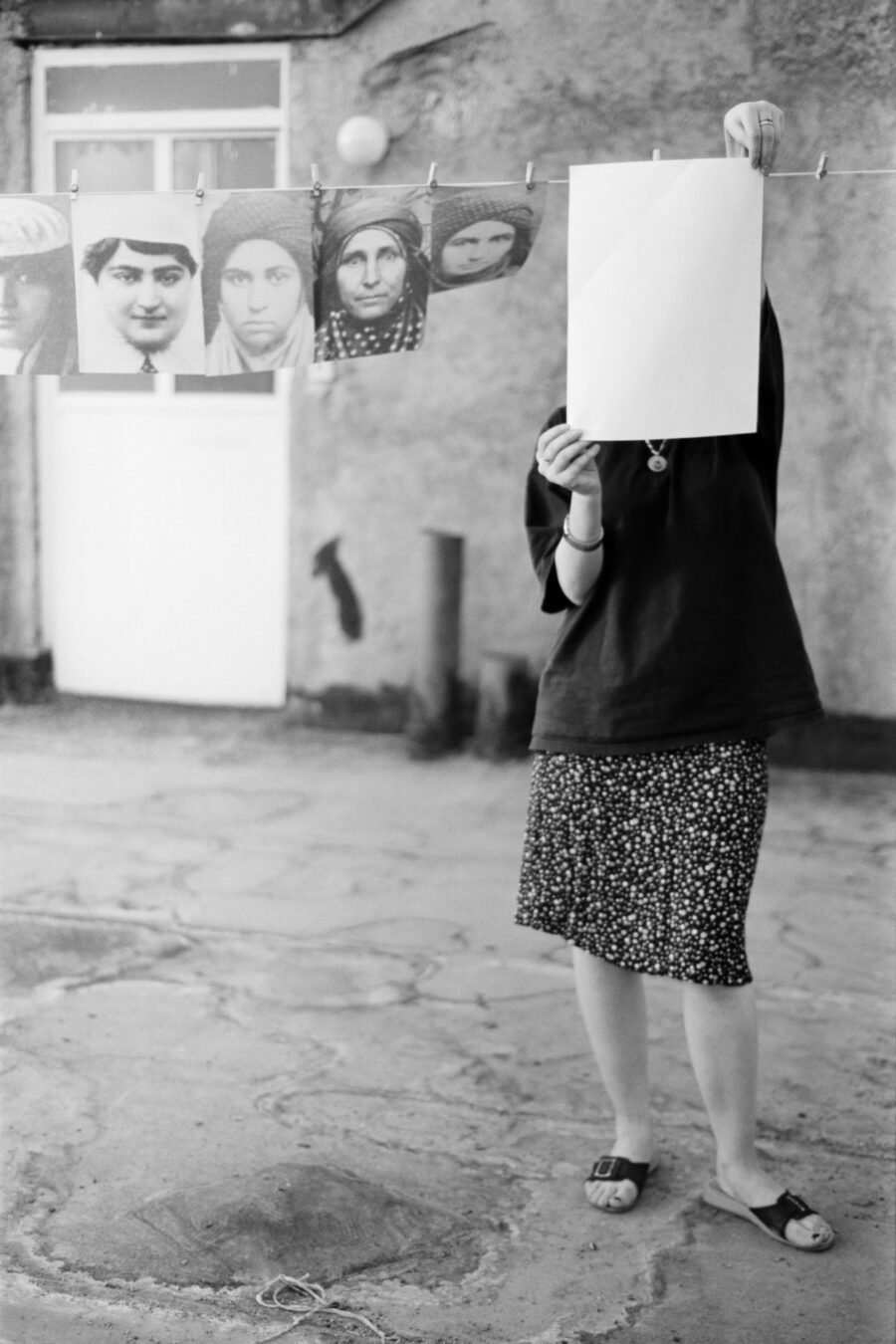
Using archive imagery, collaboration, extreme close-ups and staged photographs, the Iranian photographer delves into portraiture and culture
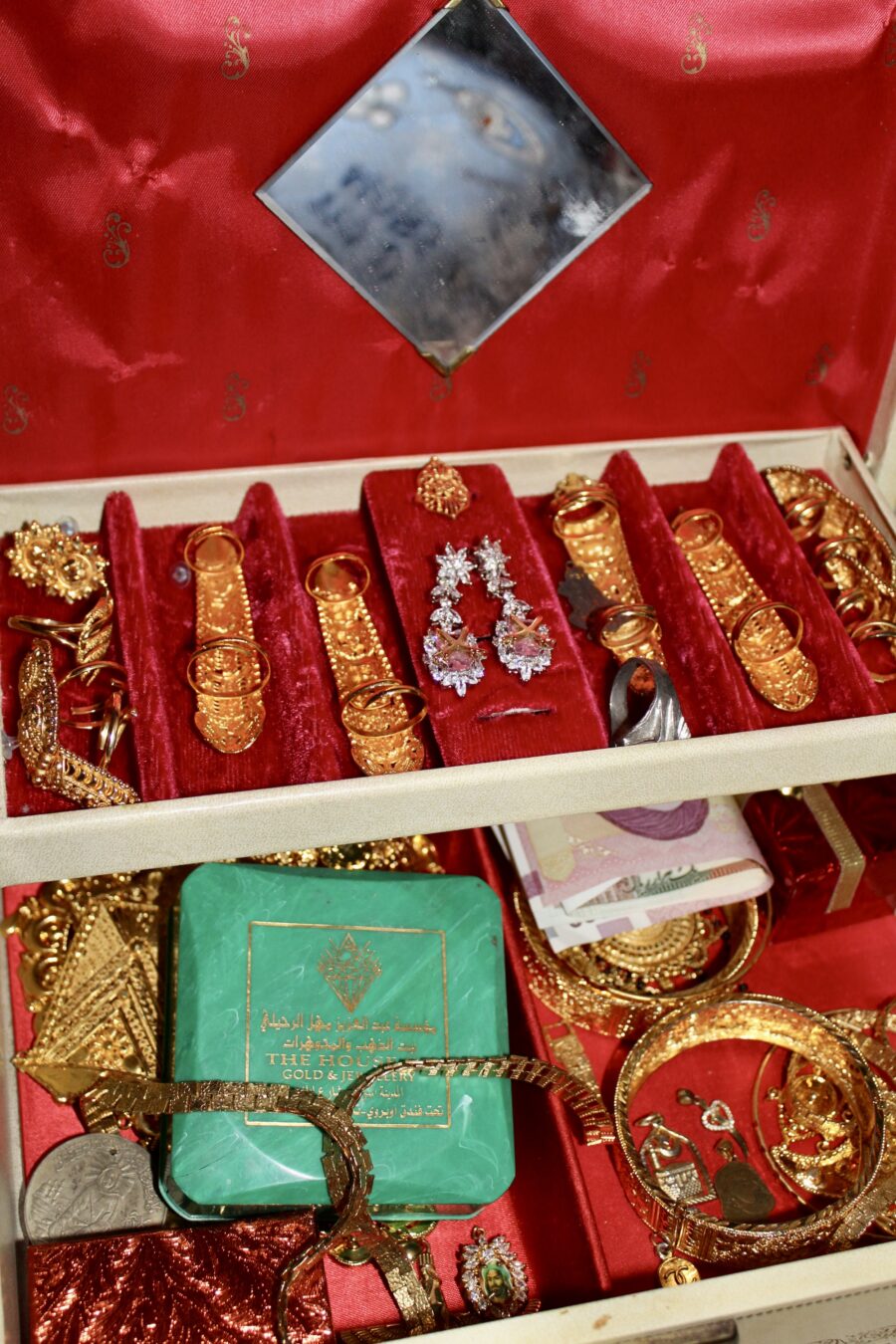
The Iraqi-Iranian artist tells BJP about the story behind her recent project ahead of the 7th edition of the annual Jameel Prize
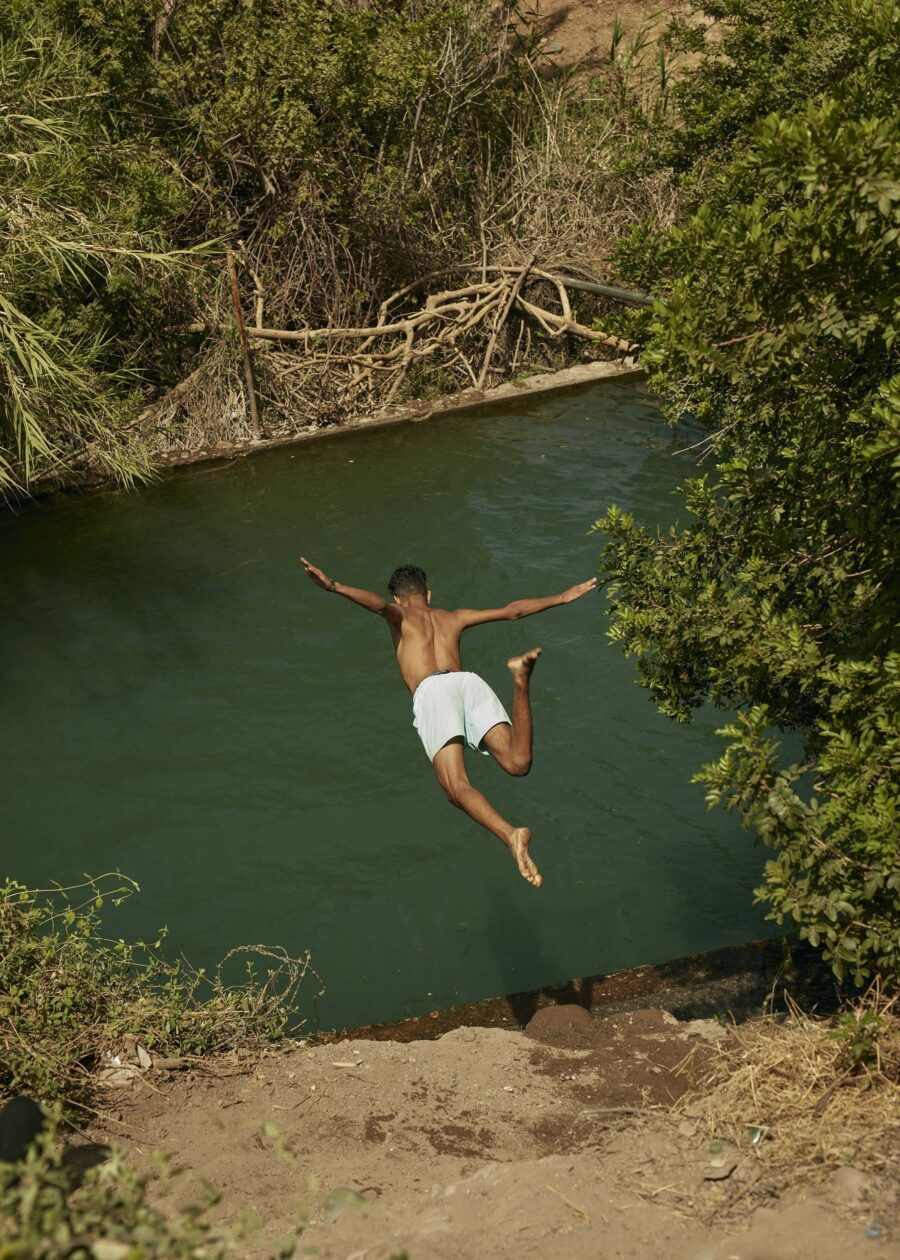
Contributing artists Mounir Raji, Tina Farifteh and Rosângela Rennó discuss their projects with BJP as responses to questions around home, migration & diaspora, and colonialism.
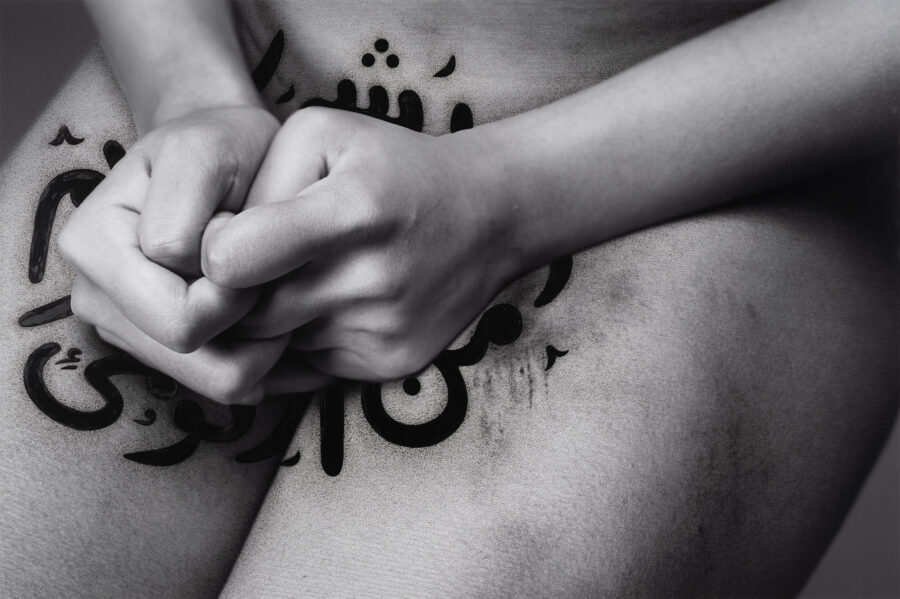
The Iranian artist discusses the multifaceted violence – and resistance – in The Fury, a set of powerful nude portraits and dance-inspired film
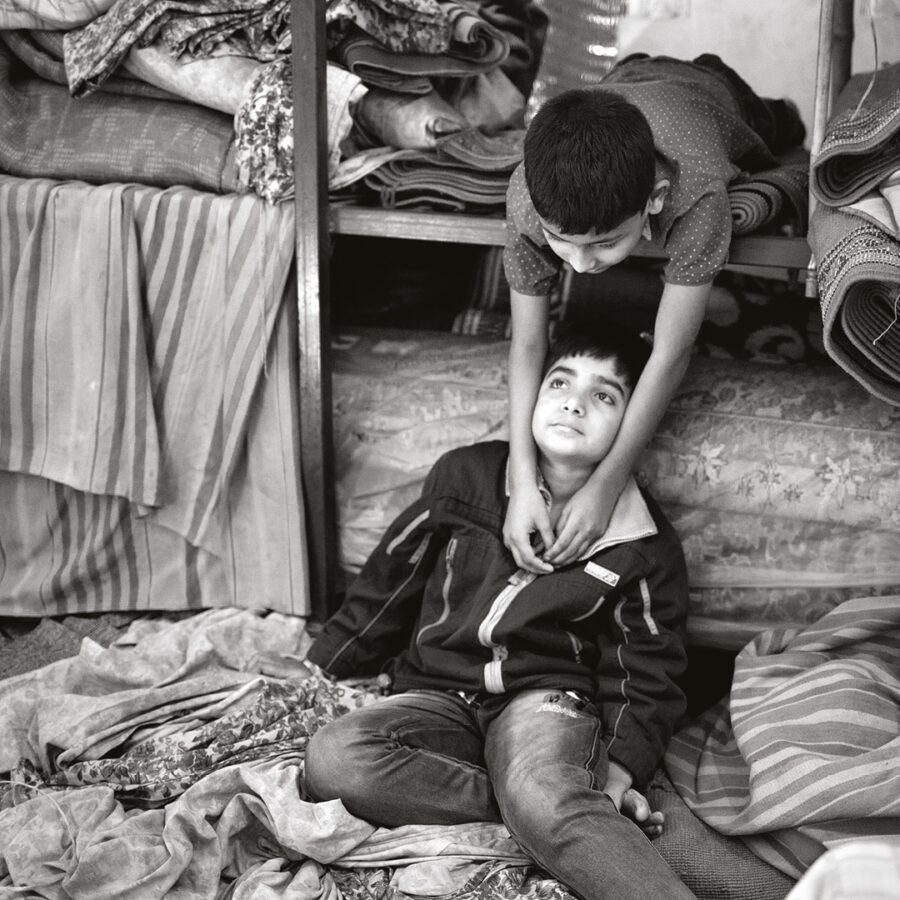
Through her journey to rediscover her native Iran, Ones To Watch winner Parisa Azadi provides an intimate portrait of survival and joy